The 20th century may be two decades behind us, but that doesn’t mean it’s completely gone. Just look around you, at the furniture in your home. Did you know that some of it took inspiration directly from design movements of the previous century?
In fact, if you’re planning to redecorate your home and looking for furniture ideas, just turn to the past. You’re sure to find something you like in one of the many influential movements of the 20th century. And to help you out, we’ve decided to show you our top five that have so much to offer even today.
1. Art Nouveau
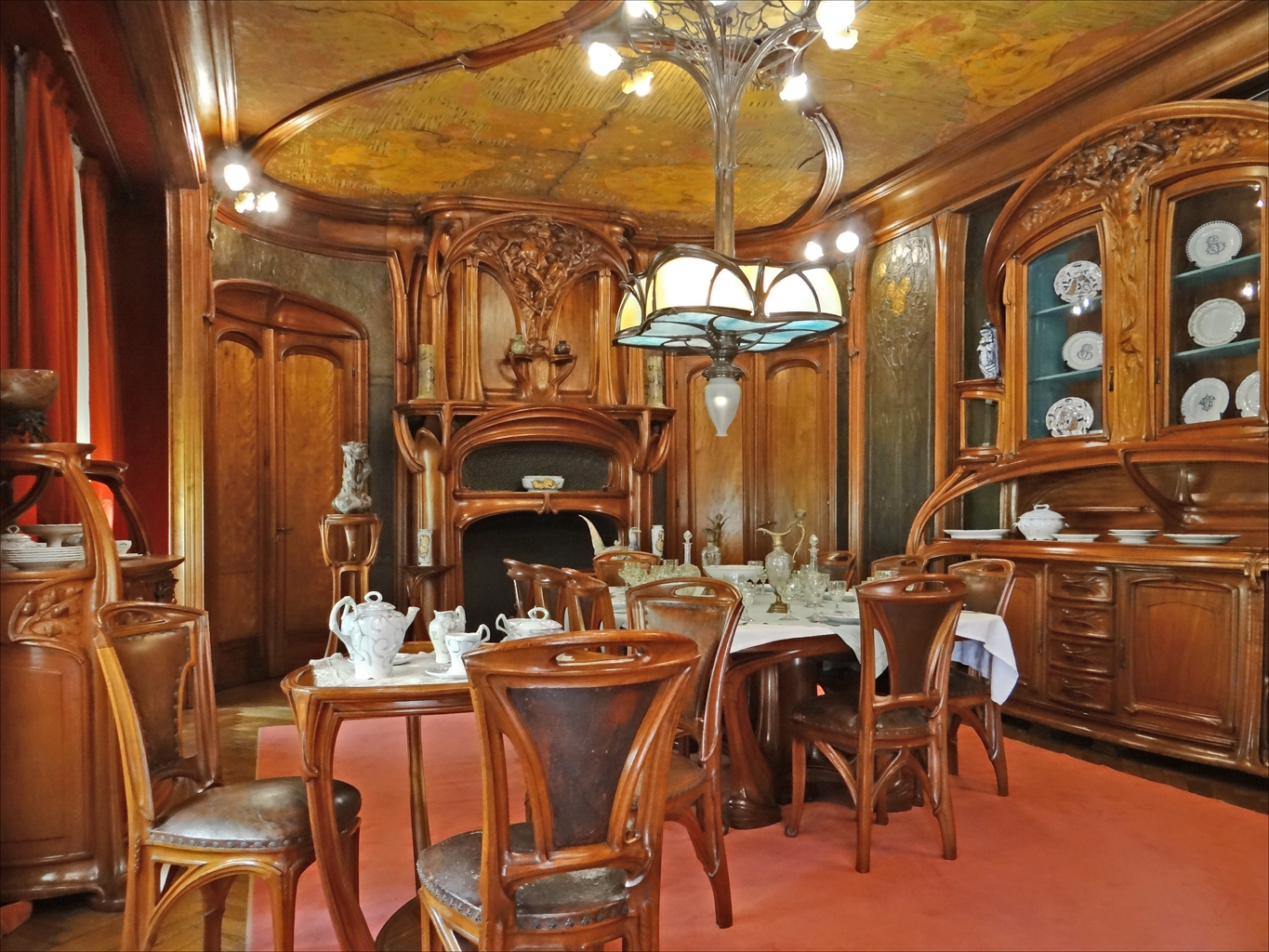
At the very beginning of the 20th century, a new furniture style took root in France and slowly spread across the world. That was Art Nouveau, characterized by curvy lines, ornaments, and natural forms.
Art Nouveau (French for new art) was a deliberate attempt to create a furniture style for the upcoming times that would stand out from all the rest. And though the movement drew inspiration from the late 19th-century styles, it was still quite unique.
The creators saw nature as their muse and did their best to represent that in their work. For that reason, many Art Nouveau pieces feature stylized forms of flowers, feathers, and webs in their design. You’ll also notice that most Art Nouveau furniture is made of exotic wood, which perfectly goes along with the natural theme.
Unfortunately, though, Art Nouveau furniture required high levels of craftsmanship, which made it quite expensive. Thus, it couldn’t stay long, but we can still see its influence in some of the furniture made today.
2. Art Deco
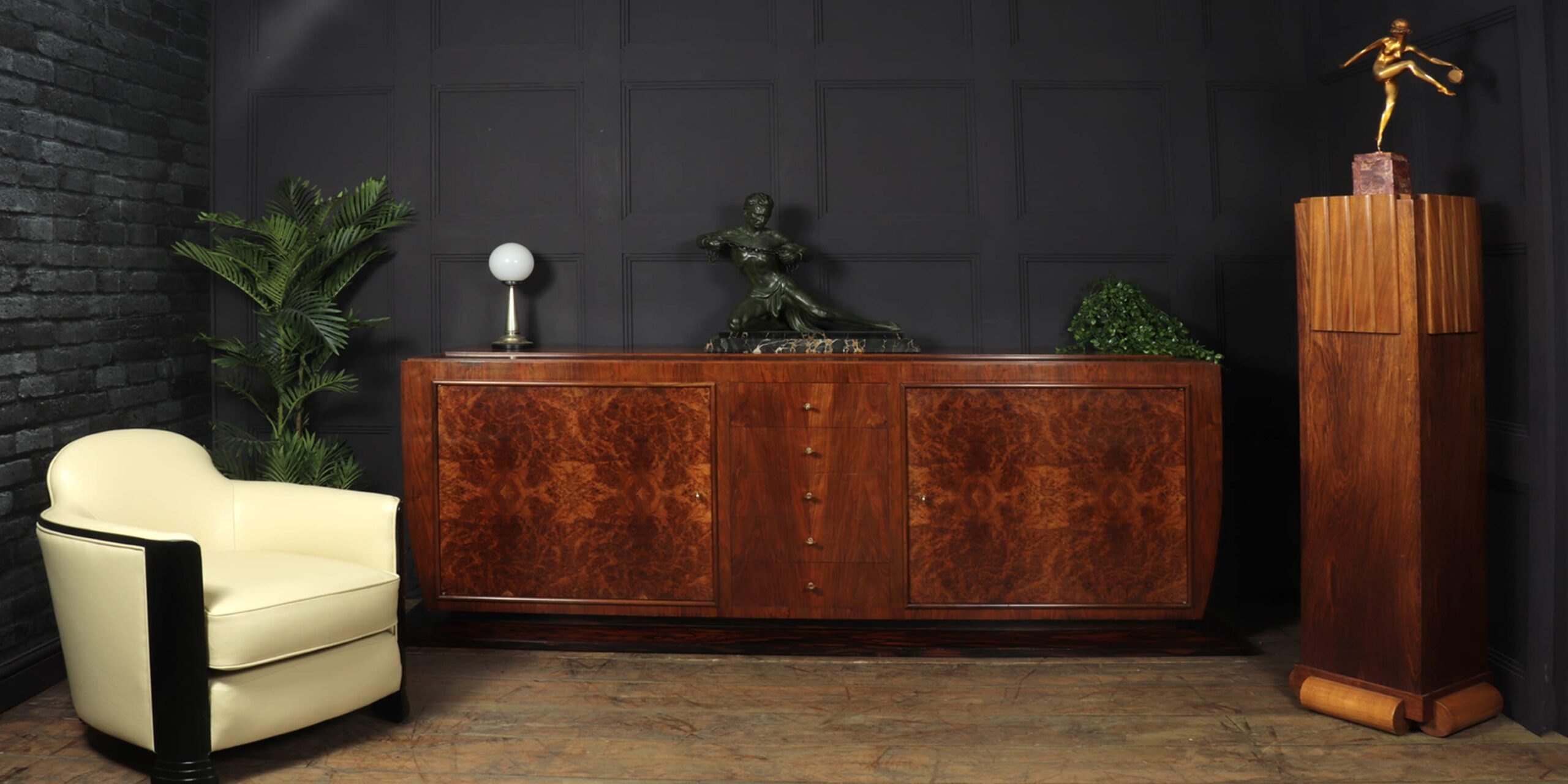
Just like Art Nouveau, Art Deco also came to be in France. But that happened almost two decades later, as World War I was coming to a close. At that time, affordable German furniture was becoming increasingly popular, taking the spotlight away from the French. The French couldn’t accept that, so they developed their own furniture style to compete.
Art Deco became popular just at the time when cubism and industrialization reached their peaks. Thus, it’s no wonder that it so heavily drew inspiration from these two movements. Cubism brought geometrical patterns, mirrored shapes, and sleek lines to this style. Industrialization, on the other hand, provided materials such as chrome, plastic, and stainless steel that became dominant in Art Deco.
Perhaps the most interesting aspect of the Art Deco style was its bold combining of different materials. For instance, it wasn’t uncommon for furniture makers to use leather and wood with chrome and stainless steel to create unique and eye-catching pieces.
Although Art Deco’s popularity slowly waned after World War II, we certainly can’t say this style has completely disappeared. In fact, you can still find its remnants everywhere — in architecture, furniture, magazines, and even web design! That’s not a surprise, though; after all, it’s one of the most visually striking styles of the 20th century.
3. Bauhaus
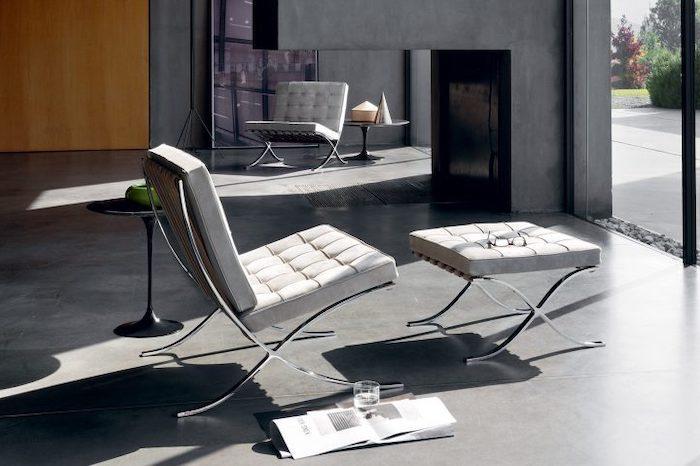
Bauhaus style owes its name to a renowned art and design school in Germany famous for its furniture making. This school was founded in 1919 and kept influencing global furniture trends until its closure in 1933. That may not have been a long time, but the legacy Bauhaus left is tremendous.
Bauhaus furniture has no excessive decorations of any kind, but it’s still striking, interesting, and above all, functional. The main purpose of these pieces is to serve the community in the best way possible, and that’s exactly what they did. Still, Bauhaus did have its own style — for instance, all its sofas and chairs were made using tubular steel.
Bauhaus furniture was usually mass-produced and fairly affordable, so people all across the globe had access to it. Thus, it comes as no surprise that it was one of the most popular furniture styles of the early 20th century.
4. Modernism
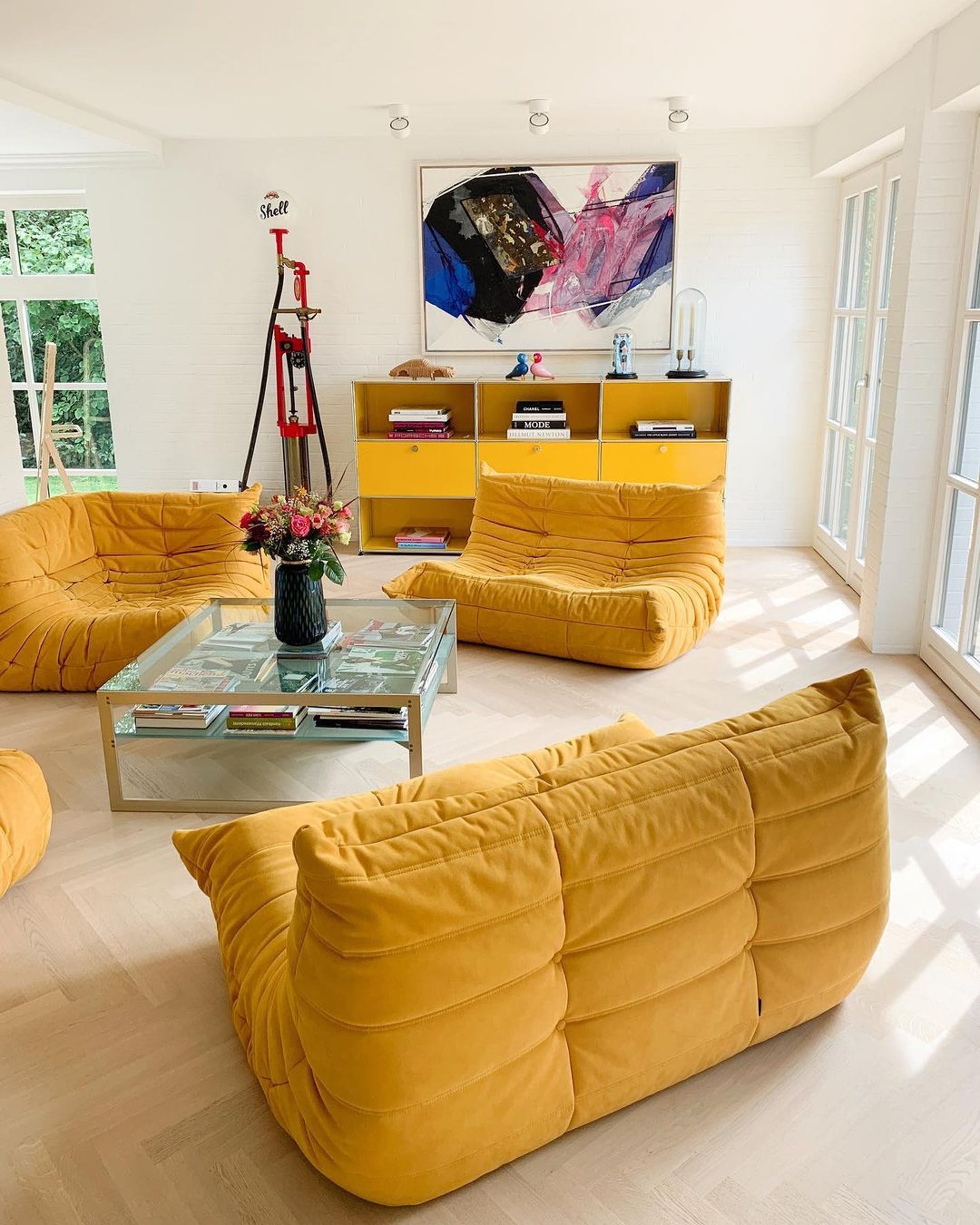
The 1940s were a difficult time and not particularly suited for artistic expression. Most people were busy with the war — fighting in it or trying to avoid it. Even so, a furniture style did manage to take hold even in these uncertain times. And that style came to be known as modernism.
Modernism is famous for its focus on functionality and practicality rather than form. The furniture lines were clean, the decorations few, and the design subtle. As the direct successor of Art Deco, modernism also incorporated geometry and shapes into its style, with asymmetry added to the mix. That eventually led to the creation of the postmodernist style.
For the most part, modernists used industrial materials such as chrome, vinyl, and Formica to create their pieces. At this point, mass production was no longer a new concept, so modernists could churn out their pieces at a faster rate.
Though undoubtedly a 20th-century furniture style, modernism had a huge influence on contemporary styles. Minimalism, for example, drew inspiration from modernism and its focus on functionality. And, as you know, this movement is quite popular nowadays.
5. Memphis Design
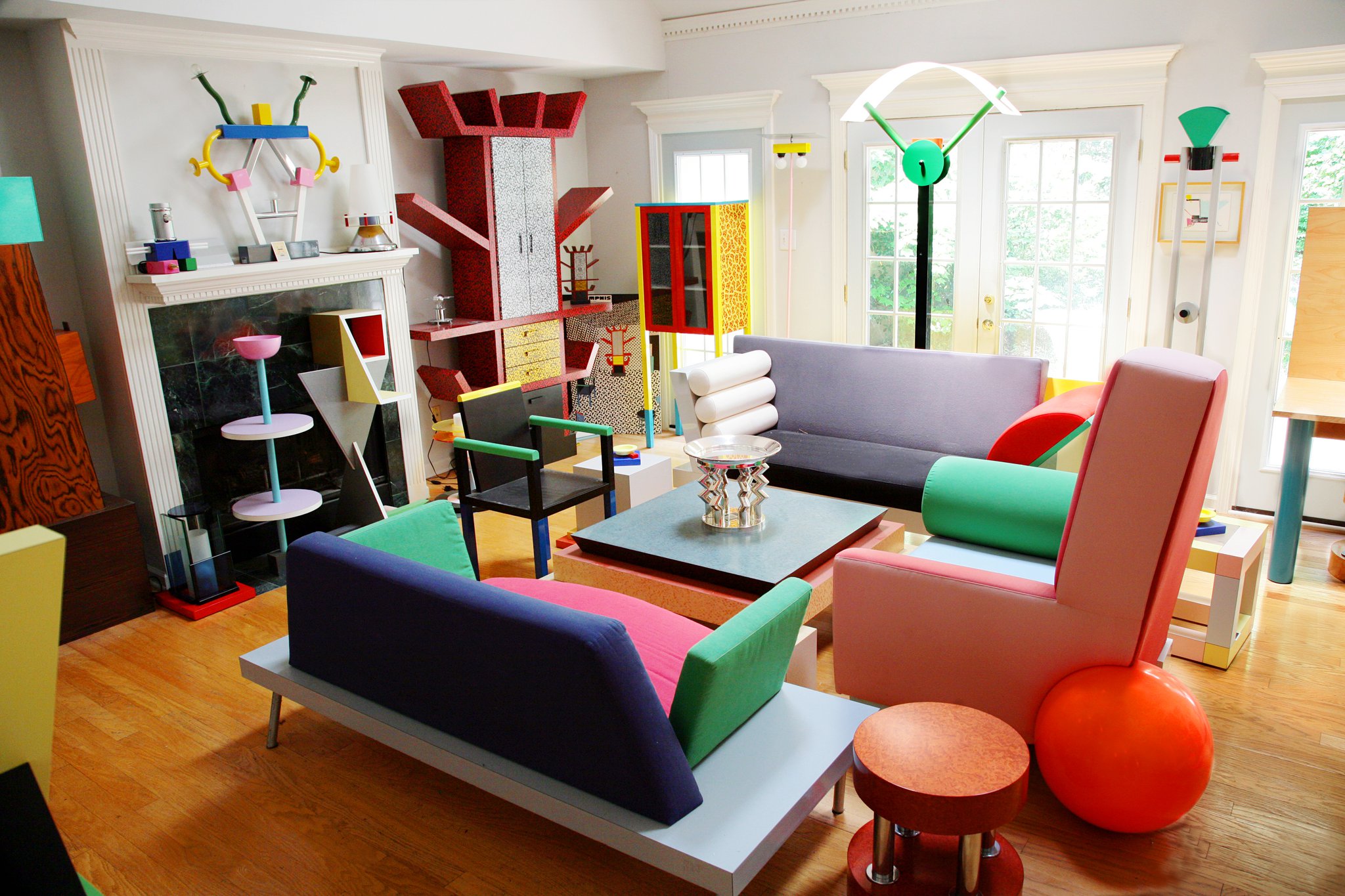
If modernism was all about functionality and simplicity of form, Memphis design is just the opposite. Despite its name, which implies this movement started in the US, Memphis design actually comes from Italy.
Several designers and architects led by Ettore Sottsass decided they had enough of straight lines and monochrome. Thus, they formed a group that would seek to change the status quo — a group that would soon become the Memphis Group, a reference to a Bob Dylan song.
So, how did the Memphis Group respond to modernist simplicity? Well, by creating colorful, geometrical furniture that defied all preconceived notions of good taste. Their color combinations were outrageous, and they’d often use unpredictable shapes or play with sizes. Even the materials they incorporated were unexpected — for instance, they often used laminate on their tables and lamps.
In the 1980s, when the Memphis movement started, it might have seemed ridiculous. But these days, interior designers and furniture makers often take inspiration from this style. No matter how silly it may have looked, Memphis design left quite a legacy that might last for decades to come.
In Conclusion
The 20th century is a true treasure trove of furniture styles that are often complete opposites of each other. You got a little taste of that in this article, but it’s impossible to list them all. After all, there are dozens of other movements that shone for a time in this period and left a mark on the 21st-century styles.



